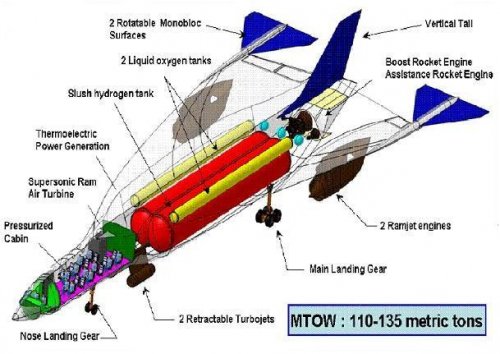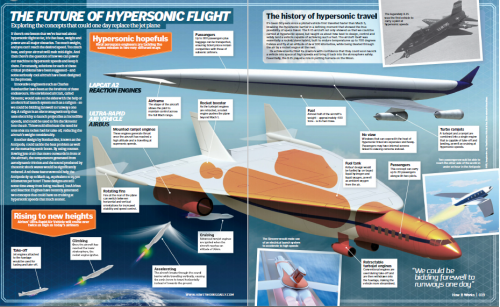DSE said:
shockonlip said:
Understood about the cowl drag.
But it seems the HRE was largely successful actually per
Fig. 11 of AIAA 93-2323 (and skimming the rest of the paper).
They pretty well hit the lower target performance curve
pictured in Fig 11.
Seeing Ct >= 1 in Figure 11 on the lower performance curve
for M4-5, and Ct < 1 for 5 < M <= 8. They never mentioned cowl
drag as the reason.
Not to harp on this, but it seems you've missed the point.
Figure 11 is INTERNAL performance. This does not include the
external cowl drag. See the real issue now, if the CT <1 without including external drag?
I realize it can be frustrating.
People always have reasons for drawing conclusions.
You shouldn't assume they've "missed the point".
They may have unresolved questions.
In my case. The paper was full of references to the phrase
"internal performance". Fair enough.
But in my case, I am an enginner too, and if I don't understand,
I don't accept what the paper is saying, or I am skeptical of
both my understanding as well as the paper, until I can resolve
the problem.
What I am not getting is how can they seperate external
performance from internal performance?
Now remember, I am learning this ALL, on my own. I don't
have an AE instructor, nor do I have anyone I know who has
worked in the industry accessible for an easy conversation.
I read these textbooks and derive the equations and work
the problems and resolve my problems on my own. And I am
gonna work on this shit someday! So getting back to the gist.
The pictures on the HRE website show a picture of
HRE AIM mounted in the Lewis/Plumbrook Hypersonic Tunnel Facility,
looking upstream into the facilities hypersonic nozzle. From the
size of the nozzle, it looks as though, what the AIAA paper calls
the "outerbody" (which consists of the cowl leading edge, the
outer shell, and the nozzle shroud - This all was also a little
later called the "outer cowl" I believe), would be definitely
immersed in the hypersonic flow coming out of that facility
nozzle.
So again, I ask myself, how are they seperating external performance
from internal performance because all these external "parts" are
within the flow.
So based on your goading, I have had another look, and I think
I now understand.
The paper talks about a "hard point beam" without showing it in
Figure 7. To me that initially didn't mean very much as I couldn't
see where it was. I now beieve (but am not completely sure, but feeling
much more confident) that "hard point beam" and what is connected to
it is at rest. In other words, is not part of the thrust/drag
measurement. It eventually helped when they said that the engine
"outer cowl" (ie: "outer body") and main mount strut aero covers were
mounted to the "hard point" (I assume they mean the "hard point beam").
Anyway if the above is true, then it makes sense, the "outerbody"
or "outer cowl" and the aero covers of the main mount, are definitely
within the hypersonic flow, but are not part of the thrust/drag
measurement!
It seems though that the main mount's internal load beam must be
allowed to move within its aero cover (the aero cover itself is at
rest mounted to the "hard point beam" - the aero cover is pretty
wide, and looks like there may be plenty of room for the main beam
itself (the load carrying member) to move fore/aft within the aero cover).
The paper is very good, but it lacks in a better explanation of this
question accessible to amateurs like me.
So the above is my attempted resolution of my problem.
Do you think I have figured it out?
If not, maybe we should take it offline if you have the time.


![x7a3_03[1].jpg](/data/attachments/45/45984-491c4368d4aa8b0cae25de6833692093.jpg)
